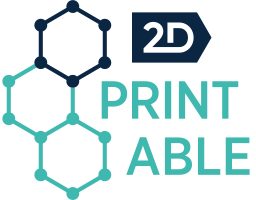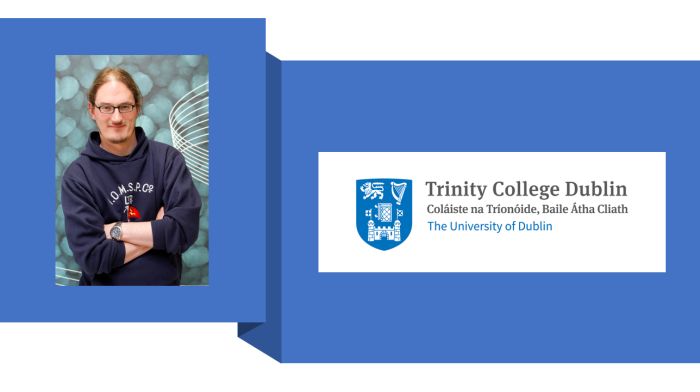Jonathan Coleman is the Erasmus Smith’s Professor of Natural and Experimental Philosophy (1724) in the School of Physics in Trinity College Dublin. His research involves the production of nanomaterials, especially by Liquid Phase Exfoliation, their solution phase deposition and printing as well as their applications from energy storage to sensing to electronics. He is the coordinator of the 2D-PRINTABLE project.
What was your original motivation to become a researcher?
It was very simple really. I enjoyed Physics and I was reasonably good at it so I thought that Research might be for me. However, much more importantly college was great fun and I didn’t want to leave so the idea of staying on for another four years to do a PhD was very attractive!
What is your (main) research area today?
Today, my main area of research is in the production of 2D materials by a method known as liquid exfoliation. This involves the conversion of layered crystals to 2D materials in liquid media and can be achieved in large quantities. This method yields suspensions of 2D nanosheets in liquids that can be used as inks. Much of our work is printing of these inks into functional structures for a range of applications.
What is the main objective of your team in 2D-PRINTABLE?
The aim of 2D-PRINTABLE is to use sustainable liquid-exfoliation techniques to develop a wide range of new 2D materials and to develop the printing methods required to use these materials to produce the next-generation printed electronic devices.
What expertise and facilities does your team have to meet those objectives?
In my labs, we have an extensive suite of equipment dedicated to the production, characterization and printing of 2D materials. In addition, we have a range of electrical testing equipment suitable for characterizing printed devices. More widely, Trinity College Dublin provides a range of scientific infrastructure including electron microscopes and other large scale characterization equipment that we have access to. However, one big advantage of 2D principle is that by collaboration with the other partners we will dramatically broaden the range of facilities that we have access to. This is very important when doing challenging projects such as this.
Which aspects of your research at 2D-PRINTABLE do you believe are the most innovative and what unique opportunities offer 2D-PRINTABLE to yourself and/or your organisation?
One thing that is extremely innovative about this project is our ability to make a very wide range of 2D materials. The liquid processing methods we use can be applied to almost any layered material and so give us access to a huge palette of materials to play with. This is actually quite unusual and will enable us to demonstrate a very wide range of applications and devices.
How do you see the future use of the 2D-PRINTABLE results and the impact of 2D-PRINTABLE project in our daily lives?
It is well known that flexible electronic devices will play a bigger and bigger role in people’s lives. For example we can imagine electronic devices or sensors worn either on skin or within our clothing as cheap and versatile monitors of various health and well-being indicators. For example pressure sensors in the sole of your running shoe will give you information about your gait which can be used as early warning indicators for a range of injuries. However, while it is straightforward to fabricate the sensing materials for such applications, incorporating the control electronics is less trivial. In such circumstances, hard silicon-based electronic components are not ideal from a comfort perspective. The ability to print high performance electronic devices will allow soft electronic control circuitry to be embedded alongside wearable devices in a comfortable and inobtrusive manner. I would envisage that printed electronic circuitry based on our materials could be the enabling technology that allows this vision to become a reality.


